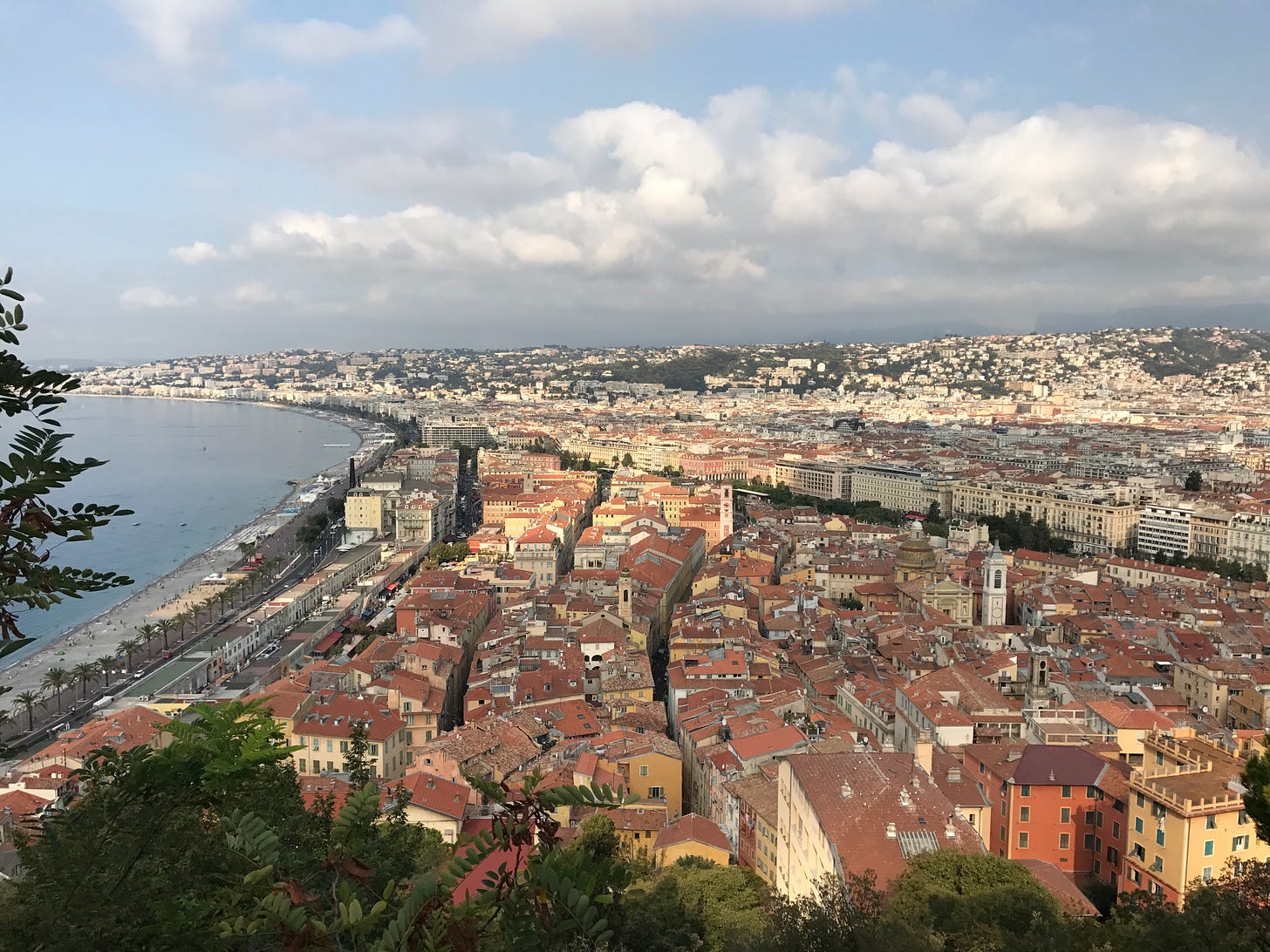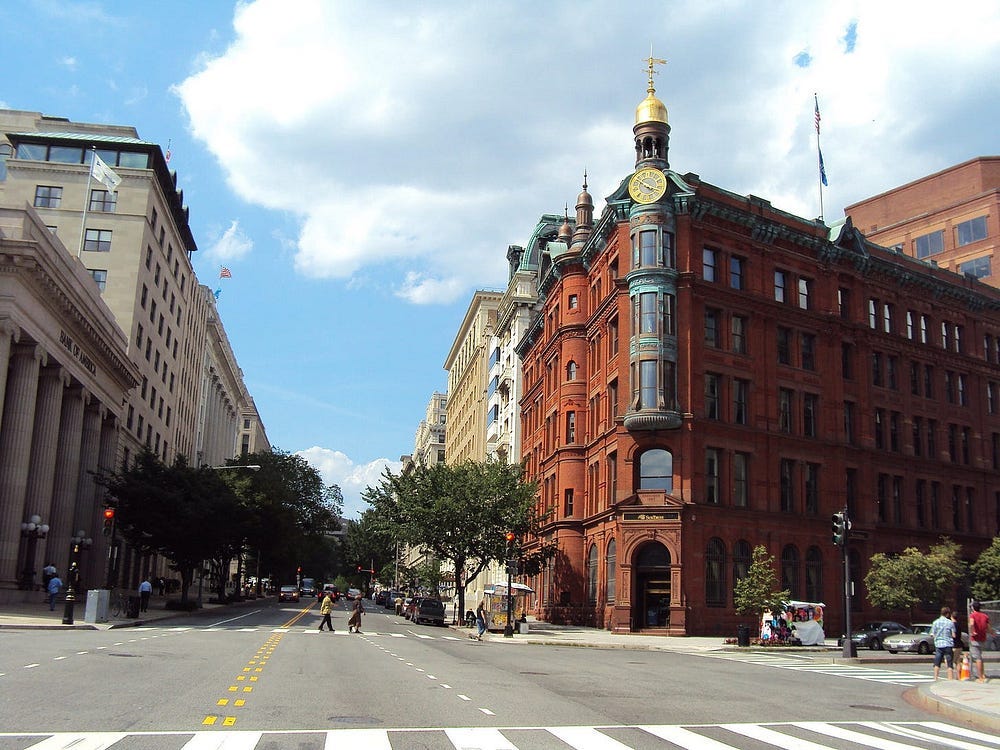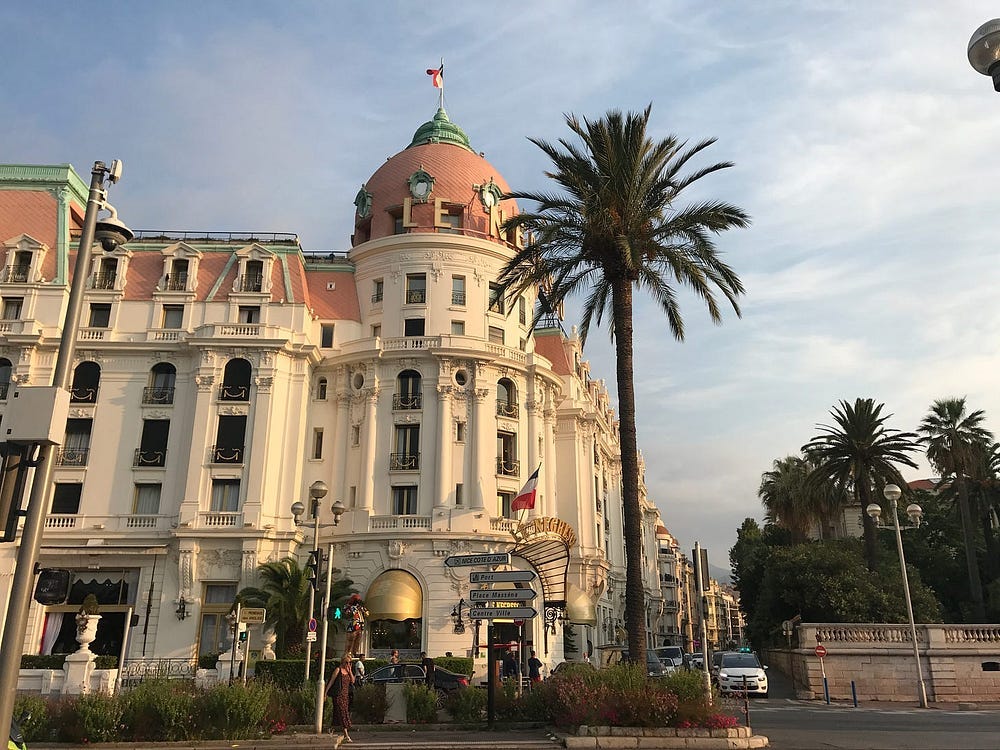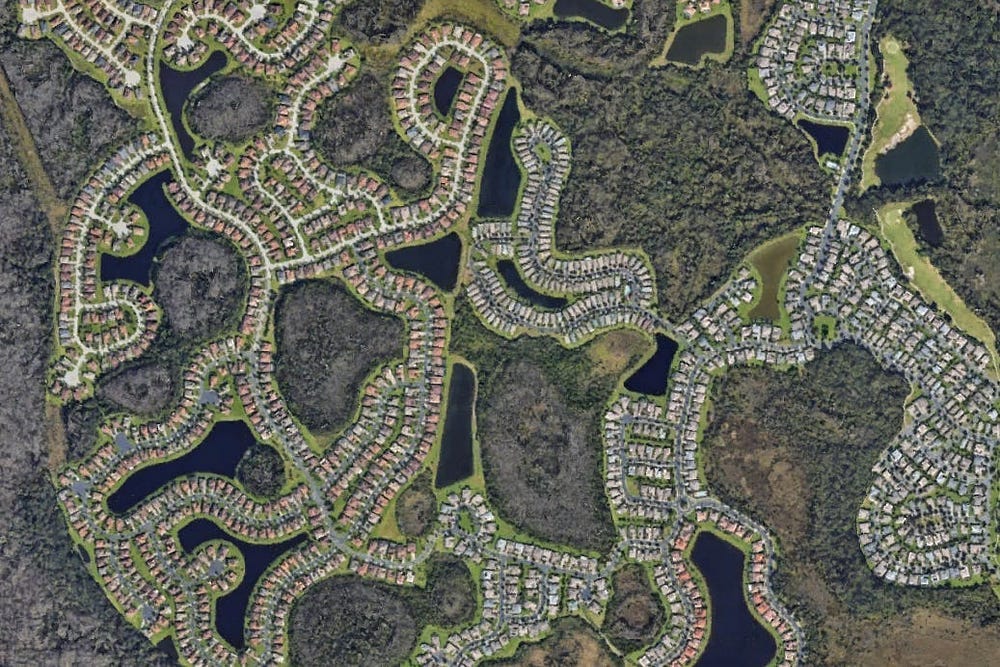How Smarter City Design Cuts Energy Waste and Costs
Discover how smarter urban design boosts energy returns, cuts costs, and builds resilience in a post-carbon world. Sprawl is expensive — design matters.
We often talk about affordability, traffic, housing, and conservation when planning our cities — but rarely do we talk about energy. And yet, energy may be the most important factor as we face increasing climate pressures, aging infrastructure, and the urgent transition to a post-carbon future.
The truth is that the way we build cities either drains energy or helps us conserve it. In this piece, I want to explain how urban design impacts energy use — and why Energy Return on Investment (EROI)—sometimes called Energy Returned on Energy Invested (EROEI)—deserves a seat at the planning table.
What is Energy Return on Investment (EROI)?
Dr. Charles Hall, systems ecologist and co-author of Energy and the Wealth of Nations (2018, 2nd ed.), popularized the EROI concept. It measures how much energy we get out of a system compared to what we put in.
For example, if it takes one unit of energy to extract ten units of oil, the EROI is 10:1. But if that ratio drops — say to 2:1 — the system starts to collapse under its own weight. The cost becomes unsustainable.
Cities work the same way. Every mile of road, every pipe, every new subdivision takes energy to build — and even more to maintain. But it’s not just cities that pay the price. Sprawling development also costs residents more — in fuel, car repairs, and hours lost behind the wheel. Over time, these patterns drain both public budgets and household finances. Some urban forms are incredibly inefficient. Others, surprisingly, give us more than they take — offering better returns for both cities and the people who live in them.
When it comes to how we design our cities, we often talk about affordability, traffic, conservation, and housing — but rarely do we discuss the energy cost of it all. Yet energy may be the most important factor to consider as we face increasing climate pressures, aging infrastructure, and a post-carbon future. The way we build and maintain our cities has massive implications for how much energy we use, and how much we get back in return. In this article, I want to explore how urban design can either drain or conserve energy, and why a concept called Energy Return on Investment (EROI) should become part of every planning conversation.
Urban Form Is an Energy System
Sprawl is expensive. Every cul-de-sac, water line, or power extension adds to a city’s long-term burden. Suburban development patterns — wide roads, single-use zoning, and low densities — lock us into high vehicle miles traveled (VMT), higher maintenance costs, and higher emissions. And they eat into our time with longer commutes and fewer transportation choices.
Walkable urbanism offers a smarter alternative. Compact development shortens the distance between homes, shops, parks, and schools. (For a deeper look at why walkable design can outperform cars in fighting climate change, see my article "How walkable cities can help us combat climate change?".) It reduces road mileage, lowers stormwater runoff, and uses land — and energy — far more efficiently.
Don’t just ask “How many units per acre?” Ask: What’s the energy return of this street, this neighborhood, or this zoning pattern?
Learning from Cities with High Energy Return
Washington, D.C. — The Sweet Spot of Density
Not all density is created equal. While skyscrapers can be walkable, they’re also energy-intensive to build and cool. Washington, D.C. hits the sweet spot — with mid-rise neighborhoods, human-scale blocks, and efficient transit.
It shows that we don’t need to go vertical to go smart. With thoughtful design and moderate density, cities can deliver strong energy returns without overwhelming scale.
Nice, France — Energy Efficiency Through Tradition
Nice, France offers another lesson. Its 4–6 story buildings, shaded streets, and integrated tram network create a city that thrives without sprawl or cars. Mediterranean design — arcades, attached buildings, compact blocks — lowers heating and cooling demands while fostering vibrant public life.
This isn’t nostalgia — it’s strategy. Historic patterns often align better with sustainability than modern sprawl does.
Winter Garden, Florida — Small-Scale, Big Return
Closer to home, Winter Garden shows how small towns can get it right. Its compact grid, beautiful canopy trees, and charming downtown create a walkable environment with lower infrastructure costs and higher livability. And in hot Florida summers, shade is more than nice — it’s essential.
Suburbia’s Hidden Cost
Too often, developers tout “clustering” as a conservation tool — but then build winding cul-de-sacs with no center, no cafés, and no real connectivity. These places may look efficient on a site plan, but they still demand massive infrastructure and force residents to drive for every errand.
Ever drive through a neighborhood and wonder how you’d get out without GPS? That’s not placemaking — that’s maze-making.
Nature as Infrastructure: The Passive Power of Green and Blue Systems
Urban energy isn’t just about wires, fuel, or zoning. It’s also about nature.
Green infrastructure — like urban tree canopies, bioswales, green roofs, and permeable surfaces — can reduce the need for mechanical cooling, lower stormwater treatment costs, and extend pavement life. These systems don’t just manage water and heat — they reduce the energy cities need to handle both.
Blue infrastructure — rivers, lakes, canals, and restored wetlands — can double as flood protection and passive cooling systems. In hot climates like Florida, cities that integrate water features into their fabric often enjoy cooler microclimates and greater resilience.
By designing with ecosystems in mind, cities can store, slow, and shade — reducing energy loads without expensive tech. In EROI terms, green and blue infrastructure offer high-return, low-input systems.
Toward Energy-Aware Planning
As energy prices rise and cities face fiscal pressure, it’s time to ask tougher questions about how we grow. EROI thinking can shift us from short-term fixes to long-term resilience.
What does that mean in practice?
Stop extending infrastructure without a clear return.
Prioritize compact, mixed-use zoning.
Design places where walking, biking, and transit are realistic — not just aspirational.
Urban planning isn’t just about where things go — it’s about how much energy it takes to keep it all going. We need to stop thinking only about today and start designing for future generations.
Call to Action
If this resonates with you, get involved. Ask your local planning department how they’re addressing energy and infrastructure costs. Join your community’s next comprehensive plan (or general plan) update. Push for zoning that supports walkability, mixed uses, and long-term energy resilience.
As someone who grew up in Nice, I can tell you: there’s nothing wrong with having a great bakery within walking distance.
Cities that design for energy return — not just tax return — will be the ones that thrive in the post-carbon era.
Disclaimer: The views expressed in this article are solely my own and do not reflect those of any public agency, employer, or affiliated organization. This blog aims to educate and empower readers through objective geographic and planning insights, fostering informed discussion on global and regional issues.





